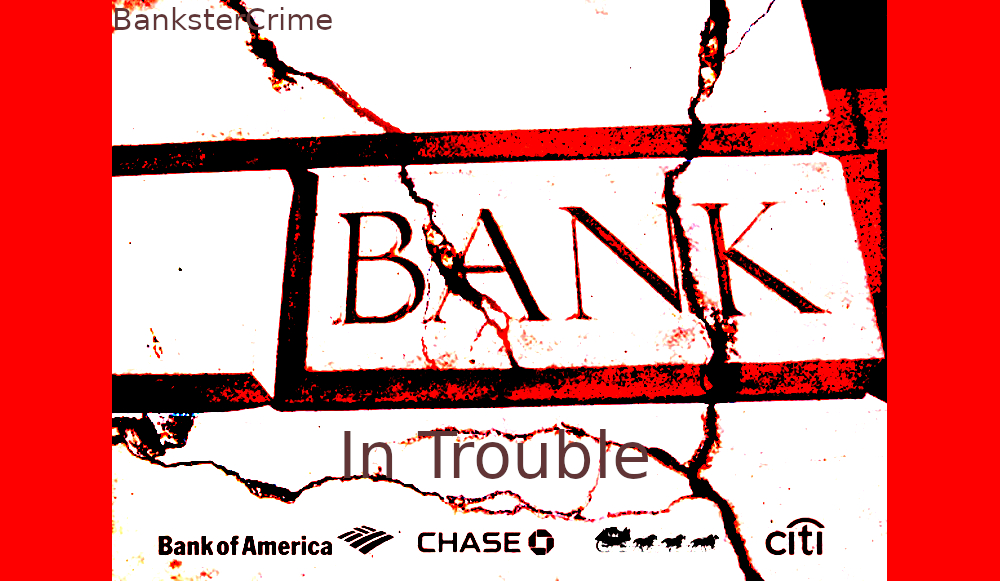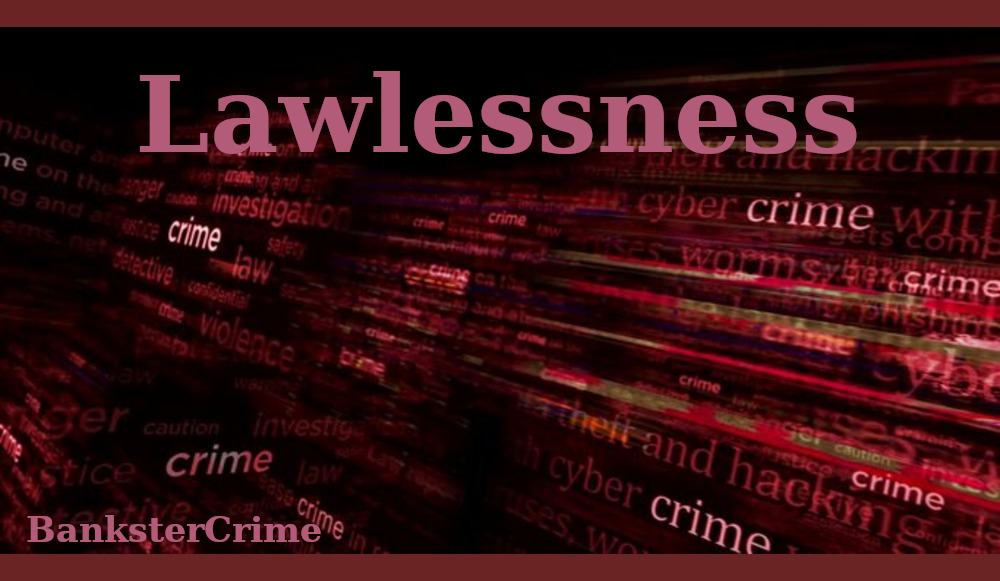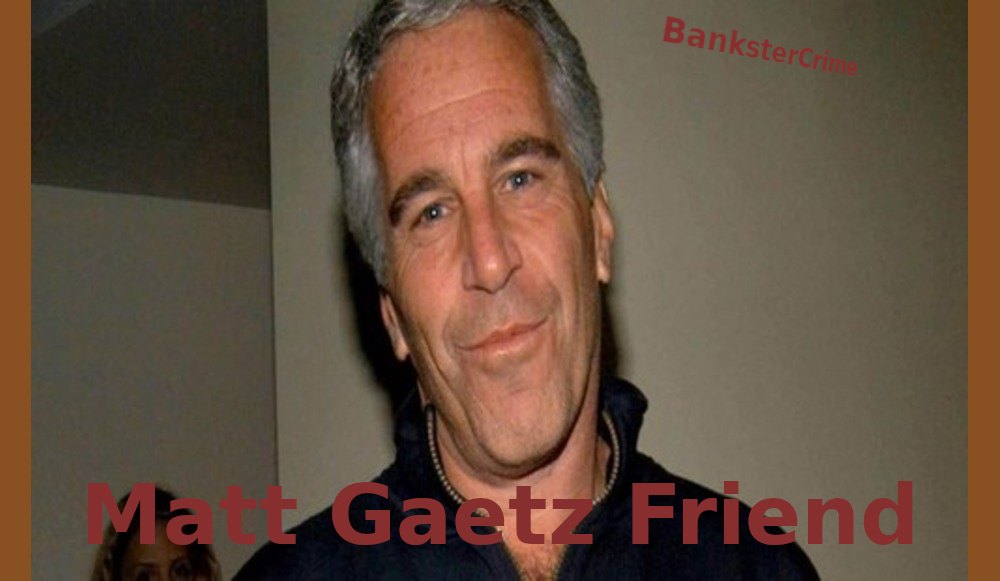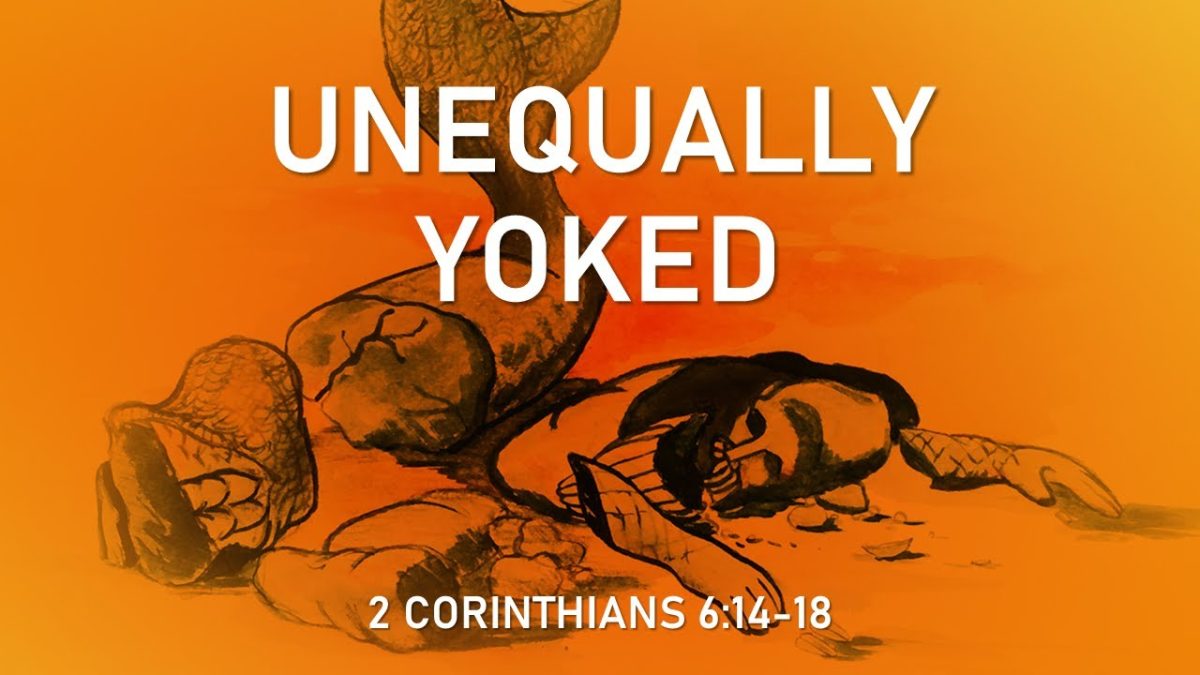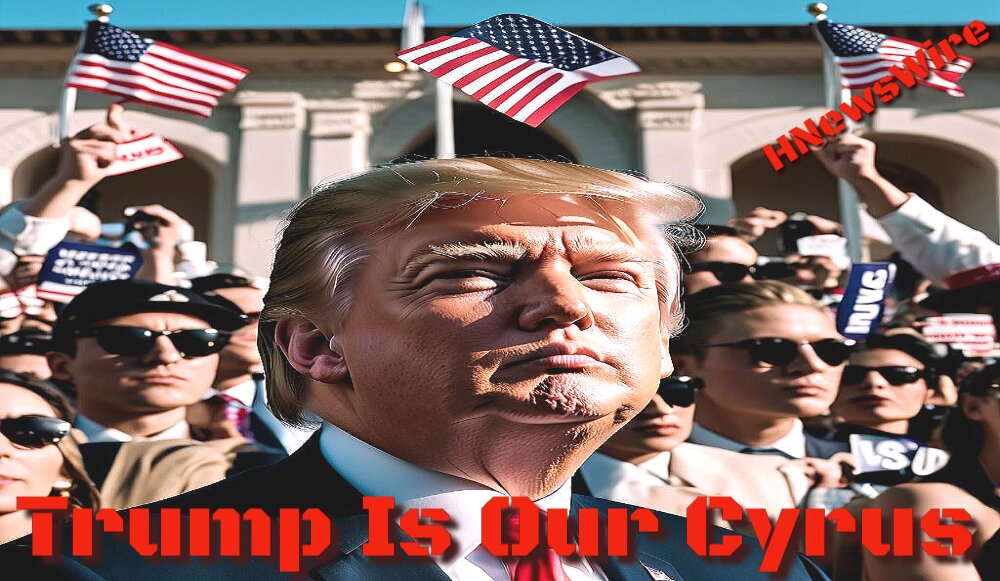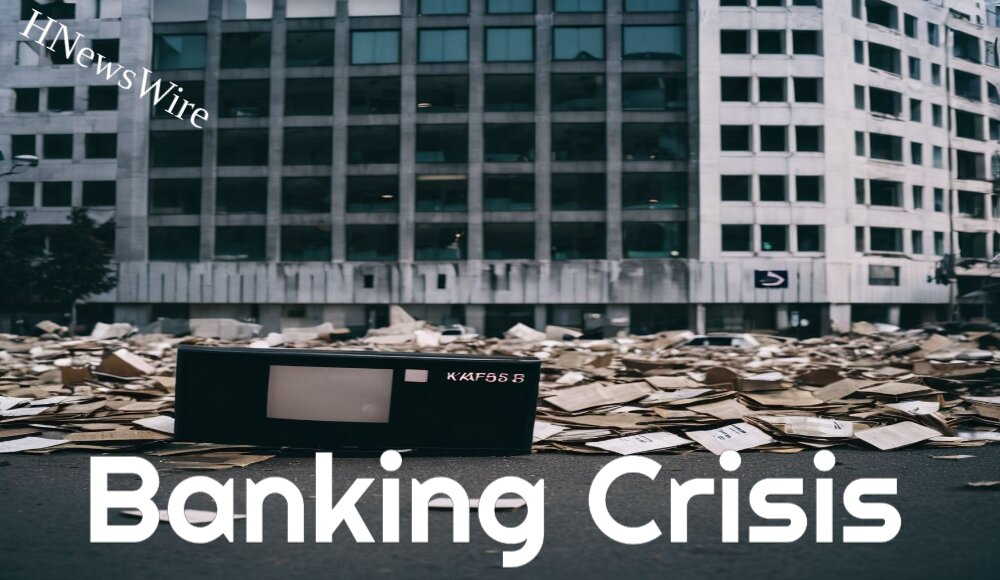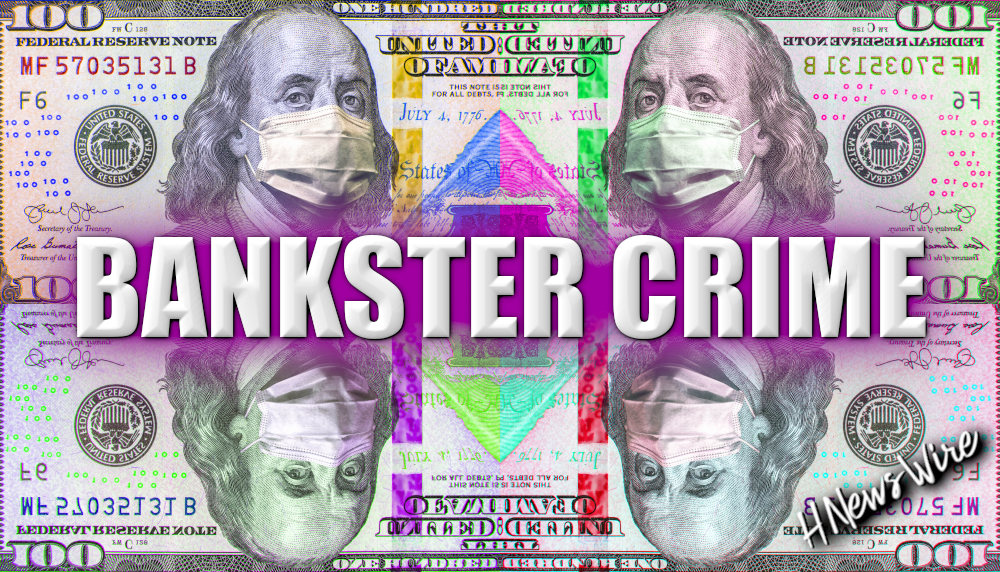Professors Point to JPMorgan Chase as Poster Boy of a Financial System Dependent on Corruption to Sustain Itself

By Pam Martens and Russ Martens:
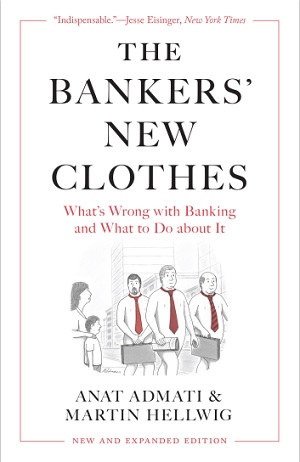 The full day conference sponsored by nonprofit watchdog Better Markets last Wednesday was a unique opportunity to gain brilliant insights from academic experts who have battled on the frontlines of the most unprecedented and ongoing era of corruption in U.S. financial history. (You can watch it on YouTube at this link.) In fact, at the close of the conference, Anat Admati, Professor of Finance and Economics at Stanford Graduate School of Business, summed up the U.S. financial system in five words: “Corruption has become the system.”
The full day conference sponsored by nonprofit watchdog Better Markets last Wednesday was a unique opportunity to gain brilliant insights from academic experts who have battled on the frontlines of the most unprecedented and ongoing era of corruption in U.S. financial history. (You can watch it on YouTube at this link.) In fact, at the close of the conference, Anat Admati, Professor of Finance and Economics at Stanford Graduate School of Business, summed up the U.S. financial system in five words: “Corruption has become the system.”
Admati’s celebrated 2013 book, The Bankers’ New Clothes: What’s Wrong with Banking and What to Do about It, co-authored with German economist Martin Hellwig, will have an expanded new edition coming out in early January. The new edition includes coverage of the banking failures this spring and four new chapters: “Too Fragile Still,” “Bailouts and Central Banks,” “Bailouts Forever,” and “Above the Law?” (The question mark is perhaps too kind.)
Given its serial crimes, it is not surprising that JPMorgan Chase is featured in the chapter, “Above the Law?”
Admati and Hellwig dig into the Justice Department’s settlement with JPMorgan Chase over its London Whale scandal. (In that case, the bank’s Chairman and CEO, Jamie Dimon, did not lose his job, despite the fact that the bank used deposits from its federally-insured banking unit to make massive gambles in high-risk derivatives in London and lose $6.2 billion of depositors’ money. This occurred just two years after Congress had passed the Dodd-Frank financial reform legislation of 2010, which was promoted as putting an end to this kind of reckless speculation at federally-insured banks owned by Wall Street trading houses.)
The London Whale episode in 2012 clearly showed that the repeal of the Glass-Steagall Act in 1999, which had barred for 66 years the merger of Wall Street trading houses and investment banks with federally-insured commercial banks, was a dangerous mistake. Even the New York Times apologized that year for its editorial board waving the pompoms to repeal the Glass-Steagall Act. The Times acknowledged that it had been wrong.
The gambles that JPMorgan Chase took with deposits from its federally-insured bank were so outrageous that the U.S. Senate’s Permanent Subcommittee on Investigations spent nine months investigating the matter and delivered a 300-page report, which noted the following:
“The JPMorgan Chase whale trades provide a startling and instructive case history of how synthetic credit derivatives have become a multi-billion dollar source of risk within the U.S. banking system. They also demonstrate how inadequate derivative valuation practices enabled traders to hide substantial losses for months at a time; lax hedging practices obscured whether derivatives were being used to offset risk or take risk; risk limit breaches were routinely disregarded; risk evaluation models were manipulated to downplay risk; inadequate regulatory oversight was too easily dodged or stonewalled; and derivative trading and financial results were misrepresented to investors, regulators, policymakers, and the taxpaying public who, when banks lose big, may be required to finance multi-billion-dollar bailouts.”
Since the London Whale debacle in 2012, and under Dimon’s stewardship, JPMorgan Chase has admitted to five felony charges brought by the U.S. Department of Justice and entered into three deferred-prosecution agreements and two non-prosecution agreements with the DOJ. And yet, there is zero indication that its appetite for crime in order to boost profits has been satisfied. The Attorney General of the U.S. Virgin Islands has currently brought credible evidence into federal court in Manhattan that JPMorgan Chase “actively participated” in Jeffrey Epstein’s sex trafficking of minors by ignoring a decade of his money laundering inside the bank – the very money laundering conduct that resulted in the bank admitting to two felony counts in 2014 for its decades of providing banking “services” to Ponzi mastermind Bernie Madoff. In both cases, the bank failed to file the legally mandated Suspicious Activity Reports with the Financial Crimes Enforcement Network (FinCEN) despite internal communications showing it was well aware that the financial transactions were highly suspicious.
Notwithstanding this unprecedented crime wave at JPMorgan Chase, and the ability of Jamie Dimon to not only remain at the helm of the biggest bank in the U.S. but to become a billionaire from the stock options lavished on him by his Board, federal regulators proved themselves to be the toadies that millions of Americans suspect them to be, when they allowed JPMorgan Chase to get $200 billion bigger this spring.
George Washington University Law Professor, Art Wilmarth, author of Taming the Megabanks: Why We Need a New Glass-Steagall Act, explained during the Better Markets conference last week exactly what transpired this spring when regulators handed JPMorgan Chase the collapsed bank, First Republic:
“…When First Republic failed, regulators did not invoke the systemic risk exception. That was a clear and rather shocking error in my opinion. They accepted JPMorgan’s bid to buy most of the assets and assume all of the deposits of First Republic.
“By the way, JPMorgan recorded a profit of almost $3 billion on that transaction. The Deposit Insurance Fund has recognized a loss of at least $13 billion and it may be larger on that transaction. That’s a hard result to justify and I don’t think the FDIC has attempted to justify it and I don’t think they can…
“So what they did was to impose a loss of $13 billion on the Deposit Insurance Fund, which must be reimbursed by all the banks, not just the big ones, not even the banks larger than $5 billion – all the banks – meanwhile handing JPMorgan a $3 billion profit; increasing JPMorgan’s size by more than $200 billion and allowing JPMorgan to grow to a size of more than $4 trillion. By the way, also waiving any anti-trust review because First Republic Bank was a failed bank, so there was no anti-trust review.”
Wilmarth goes on to explain that in many respects, the banking failures this past spring were a replay of the 2008 financial crisis in terms of how federal regulators addressed the problem. JPMorgan Chase was allowed to buy the largest failed bank during the financial crisis in 2008, Washington Mutual, at that point the largest bank failure in U.S. history. This spring, JPMorgan Chase was allowed to buy the second largest bank failure in U.S. history – First Republic Bank.
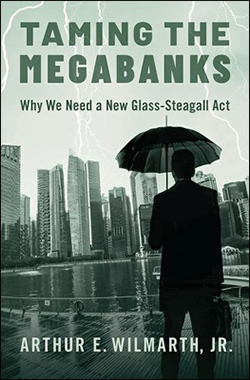 And just as in 2008, the Federal Reserve jumped in to prop up egregiously mismanaged banks by providing emergency funding under an opaque loan program where the name of the bank doing the borrowing and how much it is borrowing is not disclosed for years into the future under the terms of the Dodd-Frank financial “reform” legislation of 2010. This time around the Fed’s bailout program was called the Bank Term Funding Program (BTFP) and provided loans up to one-year in duration. Under the Fed’s statutory legislation, the Federal Reserve Act, it is only authorized to make short term loans against good collateral. Under the BTFP, the Fed is eliminating its typical haircut on the collateral, paying out 100 percent of the par value (face amount) of the bonds used as collateral, despite the fact that the bonds are deeply underwater in terms of market value.
And just as in 2008, the Federal Reserve jumped in to prop up egregiously mismanaged banks by providing emergency funding under an opaque loan program where the name of the bank doing the borrowing and how much it is borrowing is not disclosed for years into the future under the terms of the Dodd-Frank financial “reform” legislation of 2010. This time around the Fed’s bailout program was called the Bank Term Funding Program (BTFP) and provided loans up to one-year in duration. Under the Fed’s statutory legislation, the Federal Reserve Act, it is only authorized to make short term loans against good collateral. Under the BTFP, the Fed is eliminating its typical haircut on the collateral, paying out 100 percent of the par value (face amount) of the bonds used as collateral, despite the fact that the bonds are deeply underwater in terms of market value.
As for how effective the promise of ending too-big-to-fail under the Dodd-Frank financial reform legislation of 2010 actually is, Wilmarth said this:
“So, essentially, regulators pulled off the same play book that they used in 2008 and 2009 before Dodd-Frank was passed. They protected all uninsured depositors of big banks from suffering losses; they encouraged the sale of failing banks to even larger banks, thereby intensifying too-big-to-fail issues; they provided unlimited liquidity lifelines to large troubled banks….”
Wilmarth also raised the issue of the same kind of missing accountability that proliferated throughout the 2008 banking crisis and its aftermath. Wilmarth asks:
“Where is the accountability for the officers and directors of these failed banks? As far as I know, no action has been taken against the officers or directors of any of the three banks [that failed this past spring: Silicon Valley Bank, Signature Bank and First Republic Bank]. As far as I know, there’s been no claw back for the bonuses they collected from their high-risk strategies. Again, where is the accountability? In my view, Dodd-Frank’s promises have been made a dead letter by the events of this year and urgent action is needed to change that situation.”
The urgent action that is needed resides in the title of Wilmarth’s book. Until the Glass-Steagall Act is restored, the U.S. financial system will continue to be precariously held together with hastily crafted emergency lending programs from the Fed and bank mergers from hell arranged by desperate and/or compromised regulators.

Revelation: A Blueprint for the Great Tribulation


A Watchman Is Awakened


Will Putin Fulfill Biblical Prophecy and Attack Israel?

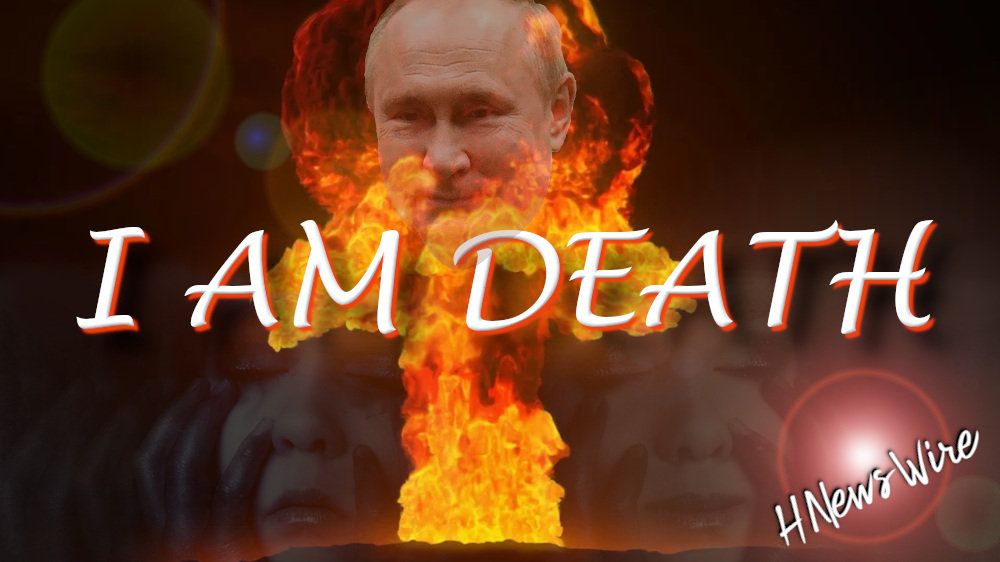

Newsletter
Orphans

Editor's Bio


